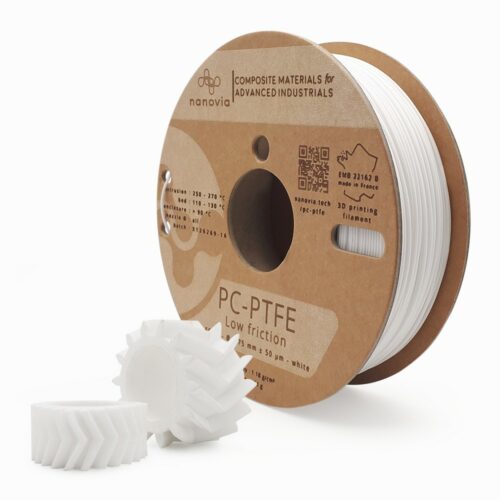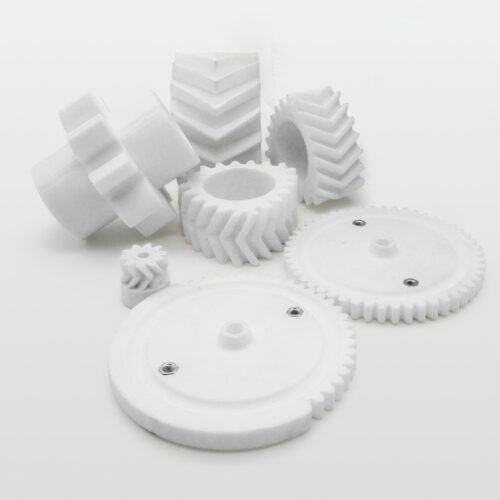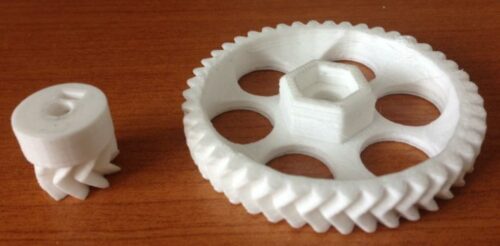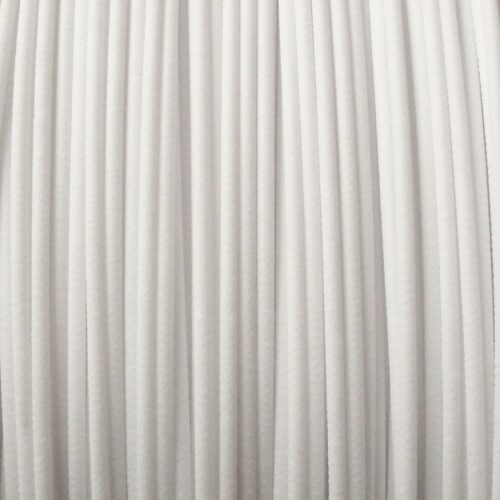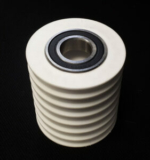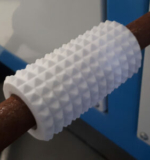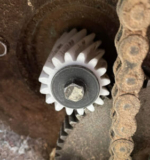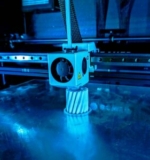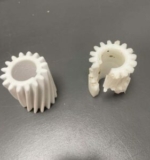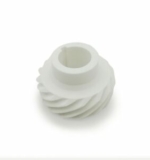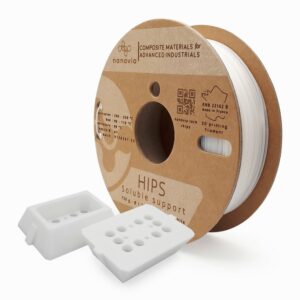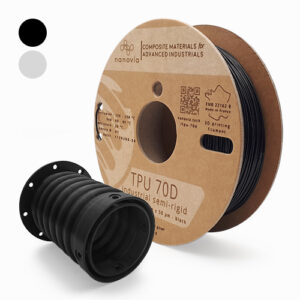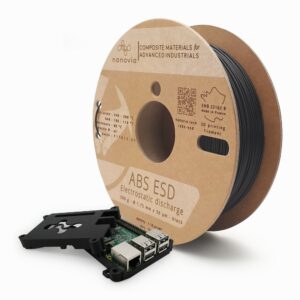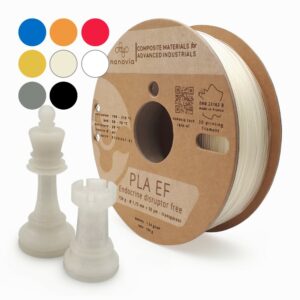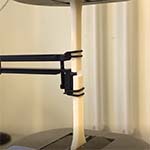Description
Properties3D Printing
Mechanical properties
Tensile
Test performed at 1mm/min on 3D printed test specimins at 0°, along with the tension stress.
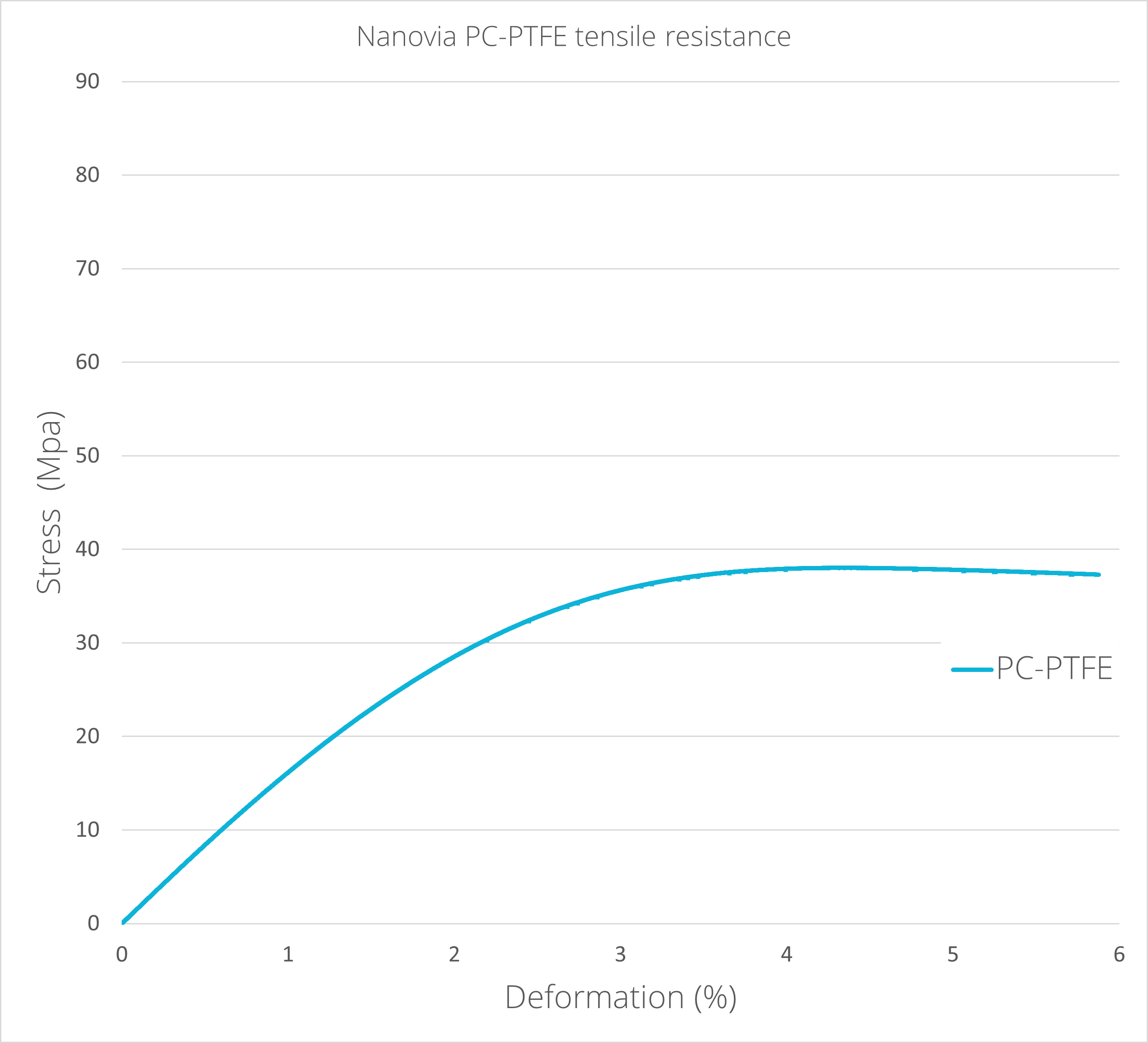
Impact
Tribological properties
DocumentationDownload the technical chart Download the security chartlast updated : 08/03/2023 Specially conceived for applications involving friction and rubbing, Nanovia PC-PTFE allows for low friction and low wear 3D printed pieces. PolyTétraFluoroéthylène (PTFE) low friction index combined with polycarbonate’s (PC) mechanical resistance makes this filament ideal for mechanical pieces exposed to friction, such as gears. Nanovia PC-PTFE can be used up to 130 °C. Advantages
Conseils d’utilisationStorage
Printing
User photosHealth and safetyPrinting
Post treatment
CertificationsPackagingVacuum packed spools, with desicant, packed in individual boxes with engraved serial number. Other formats available on demand.
|
